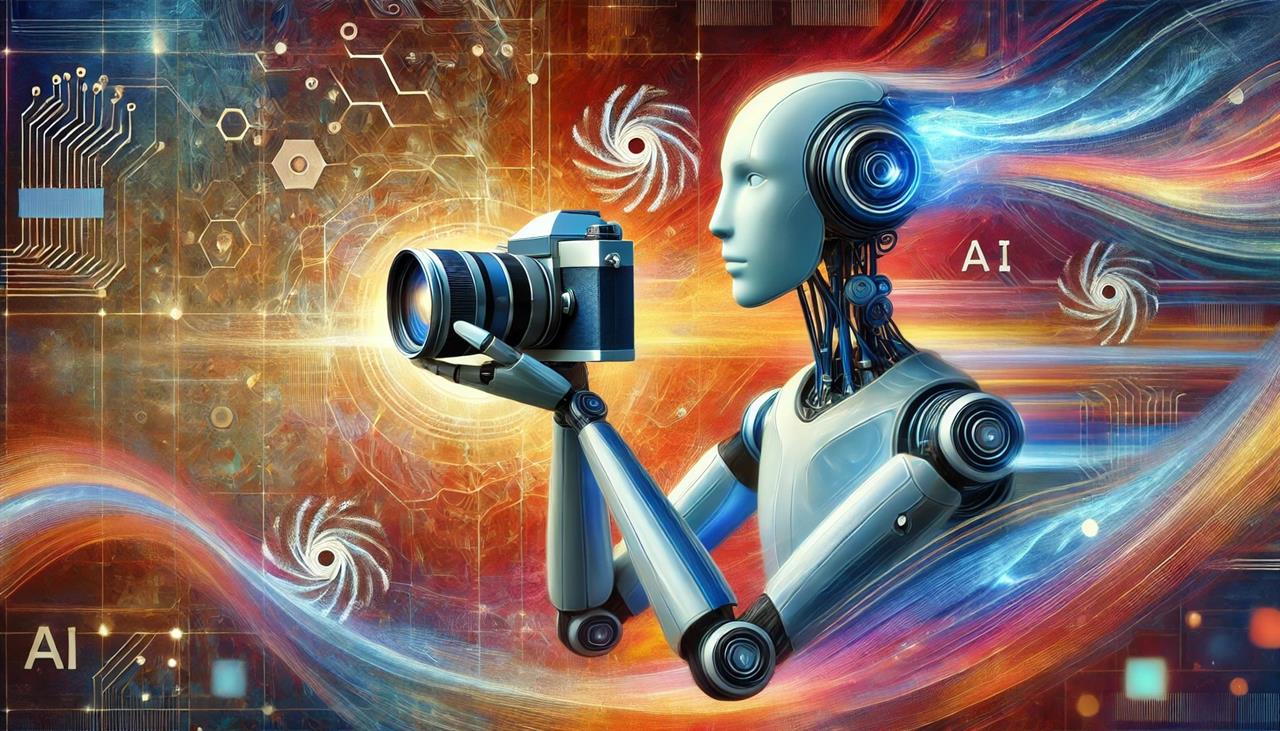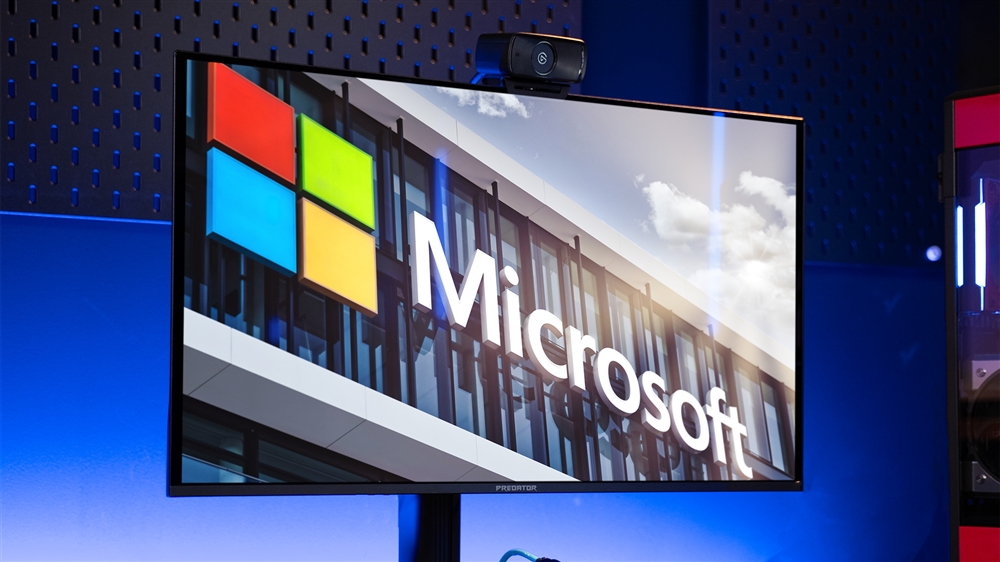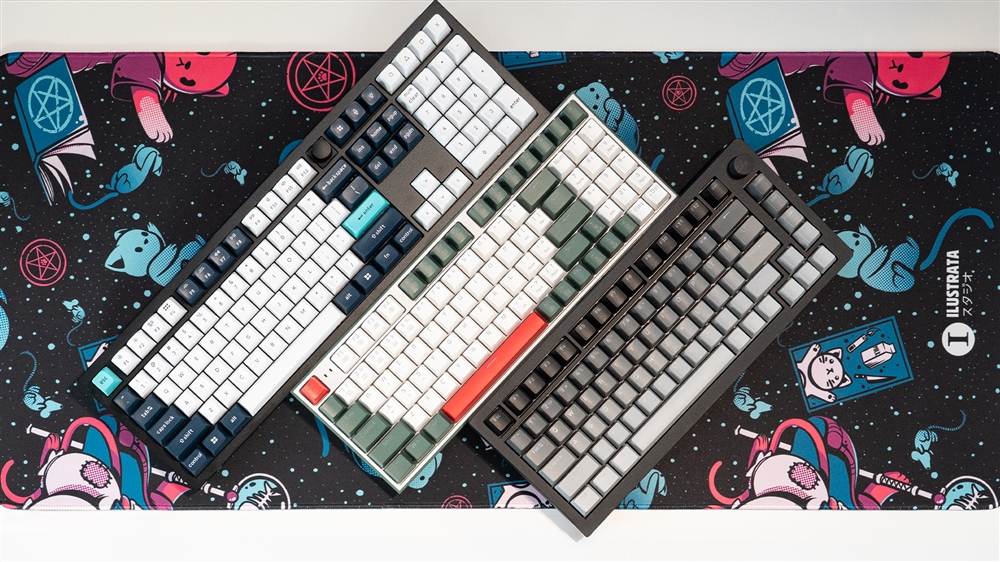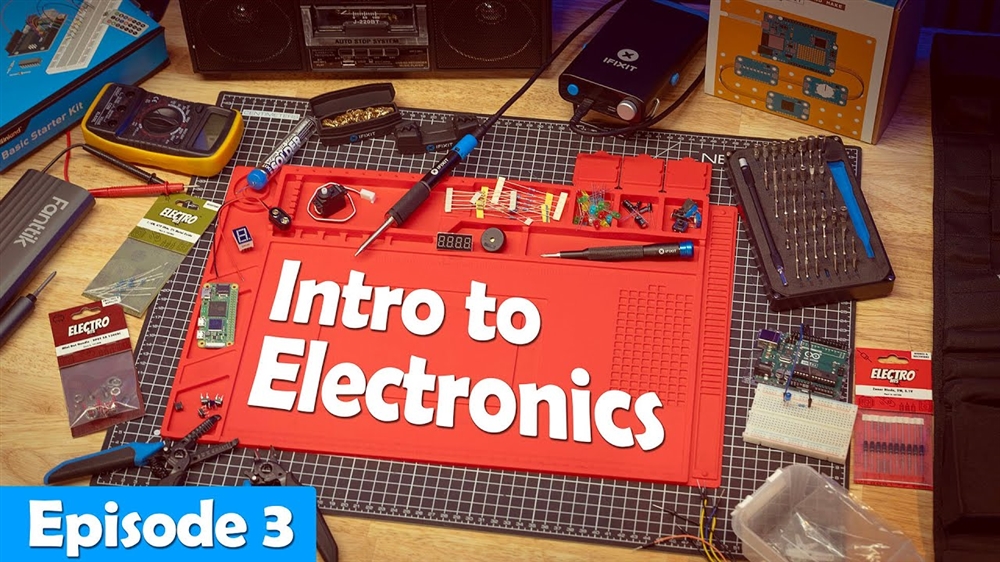This Week in AI: Google Blurs the Line on AI Pics
For Aug. 23, 2024: Google's Pixel 9 AI and Midjourney's AI image-editing, Recruiters are receiving AI-powered job applications, OpenAI signs deal with Condé NastNews
One of the more interesting ongoing debates in the media industry is set around the question, "What is a photo?" You'd think this would be an easy answer.
Google's Pixel 9 smartphone lineup. launched this week, offering an alternative to Apple's expected iPhone 16. As you'd expect, the camera, screen, and internal chips were praised by reviewers. Its focus on artificial intelligence, meanwhile, is rather polarizing.

From the moment you start the phone, it shows the Google logo, and then the company's sparkle emoji-like logo for its Gemini AI before you can even do anything with the device. When you hold down the power button, a little box pops up offering a way to interact with the Gemini AI, either by text, voice, or photo.
"It can be super useful," YouTuber Marques Brownlee said in his review. Features like call notes, which records and then transcribes notes from a phone call, work pretty well. But then you find features like Add Me, which effectively helps the person behind the phone to digitally add themselves to a group shot by using AI. "It's a lot of fun to play around with," CNET's Lisa Eadicicco wrote.
Then, there's Magic Editor's new Reimagine feature, in which you outline a section of a photo and then ask Google's AI to generate something new from a prompt. So, you can outline the river in a real-life picture of a bridge, and ask to replace it with fire. Or, you can highlight the sky background and ask to replace it with a meteor shower.
Wired noted in its review that there are guardrails keeping users from adding people or changing faces, but that doesn't mean there isn't a gray area.
"The more I changed my photos, the more I started to feel bad," Wired's Julian Chokkattu wrote after testing the devices. "Not so much when I was making silly changes—but when I modified a picture, like adding a realistic supermoon in the New York City skyline or changing the lighting in another photo from nighttime to sunset, it felt surreal."
It's worth noting, of course, that people have been able to edit photos in Photoshop for ages, but that app has a steep learning curve. "The ease that comes with putting it right there in the phone's camera app doesn't feel right," Chokkattu added.
The Verge took it a step further, adding imagined car wrecks and smoking bombs to its photos. Reviewer Allison Johnson wrote that these more troubling uses may go against Google's policies, but someone with bad intentions likely isn't going to care about that anyway. "Our ability to make problematic images is running way ahead of our ability to identify them."
Midjourney adds AI editing to AI images
Google isn't the only company pushing forward with AI editing for photos. Another is the startup Midjourney, which added an ability to edit images after they've been generated from a text prompt, like "an astronaut building a sandcastle" or "a parachuting elephant about to land on a grassy field."
As Tom's Guide describes in its how-to, after generating an image, you can erase unwanted elements, zoom in and out, change aspect ratio, and more. "This new feature provides users with the tools to enhance, modify, and reimagine their visual content," Tom's Guide editor Kaycee Hill wrote.
Recruiters inundated with AI job applications
Earlier this month, the Washington Post published an analysis of 200,000 English-language chatbot conversations from a research database called WildChat, in an effort to understand what we're using AI for. The answer? Creative writing and roleplay, homework help, and work were three of the top five topics. "Researchers say AI chatbots are built for brainstorming, which makes use of the technology’s word-association skills and doesn’t require a strict adherence to facts," the Post's Jeremy Merrill and Rachel Lerman wrote at the time.
When it comes to work, it's becoming a little dicey. The Financial Times found that about half of the job applications that recruiters receive these days have telltale signs of coming from AI tools, whether it's to write cover letters, amend resumes with keywords, or even to complete some tests. "The actual figures could be higher, some added, but these estimates are based on those that are obviously detected, usually because they have been cut and pasted without editing," the FT's Cristina Criddle and Delphine Strauss wrote.
As a somewhat dystopian side note, the FT added that one study found people who paid for ChatGPT are more likely to pass psychometric tests than those who used the free version.
OpenAI signs deal with Condé Nast
Despite some very public fights and lawsuits between AI companies, artists and content producers, there are also instances where companies are partnering up. The latest example is OpenAI's deal with media giant Condé Nast, which struck a multi-year agreement reportedly giving OpenAI a license to display content from the publisher and its brands, including The New Yorker, GQ, Vogue and Wired. OpenAI has struck similar deals with The Atlantic, News Corp, Vox Media, Time, the AP, the FT, and others over the past year.
Read more: AI Tools and Tips
- How to Use AI to Grow Your Small Business
- Meet Claude, the Best AI You've Never Heard of
- AI is already changing web browsers. Here’s what’s new
- Microsoft Surface Laptop Review: The First Copilot Plus PC
- How To Use AI to Convert a Photo to a 3D Model
- What is TOPS? The AI Performance Metric Explained
Ian Sherr is a widely published journalist who's covered nearly every major tech company from Apple to Netflix, Facebook, Google, Microsoft, and more for CBS News, The Wall Street Journal, Reuters, and CNET. His stories and their insights have moved markets, changed how companies see themselves and given readers a unique view into how some of the world’s most powerful brands operate. Aside from writing, he tinkers with tech at home, is a longtime fencer -- the kind with swords -- and began woodworking during the pandemic.
Comment on This Post
See More Blog Categories
Recent Posts
This Week in AI: Microsoft's Says AI Can Diagnose Patients Better Than Doctors
For July 4, 2025: Cloudflare blocking chatbots, ChatGPT referrals to news sites tick up, AI laws remain for states to decide.
Continue Reading About This Week in AI: Microsoft's Says AI Can Diagnose Patients Better Than DoctorsWatch: Intro to Electronics at Micro Center - Episode 3: Arduino and Servo Motors
In our new Intro to Electronics episode, we continue our DIY journey with some servo motors and an Arduino Kit, including code demonstration.
Continue Reading About Watch: Intro to Electronics at Micro Center - Episode 3: Arduino and Servo Motors









